How To Draw Animate In Anime Studio
Animation sketches: 8 ways to amend your drawings
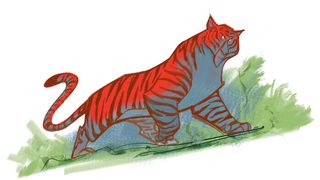
When it comes to animation sketches we frequently autumn into the trap of copying our subjects line for line, shape for shape, and render everything out exactly the way we run into them based on our knowledge of light, form, composition and so on. When we're done, we stand dorsum for a much-awaited "ah-ha" moment… only to realise the slice we'd worked so hard on looks maybe accurate, just also rather dried and lifeless.
How do nosotros imbue life into these pieces that near suck the life out of the states to get them done in the showtime identify? Even more importantly, how do we arrive a unique experience for the viewer in a mode that's representative of our individuality? In this article, I've gathered some of the things that have worked for me in tackling this subject. I'd similar to invite yous on a trip into the unspoken, ambiguous and intangible facet of art-making.
If yous'd like to put some of these tips into practise and continue improving your artwork check out our list of the all-time pencils for colouring, cartoon or sketching, as well as our summit tutorials on how to draw.
01. Find the soul of the subject field
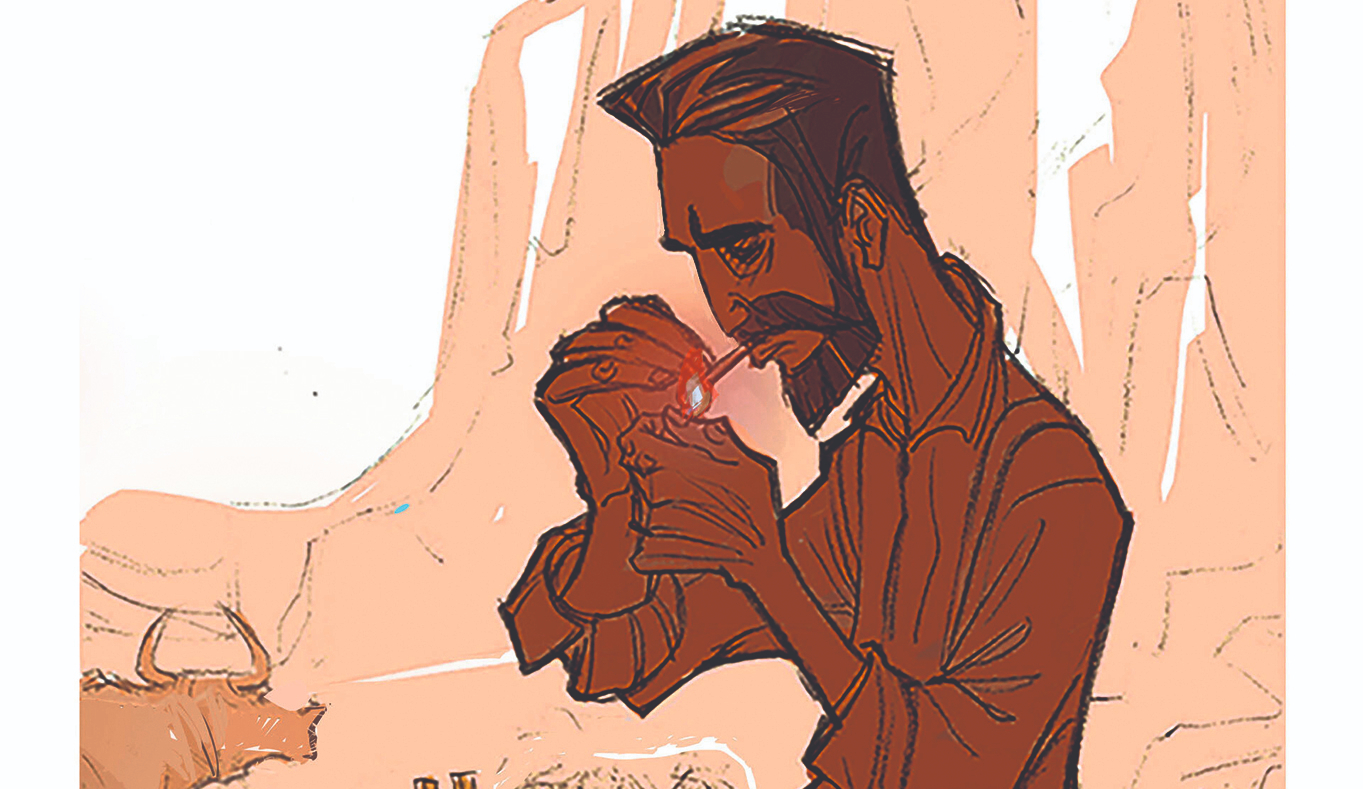
(Image: © Prem Sai GS)
I like to think that fine art is a meditation, by the end of which you accept something to bear witness. The act of drawing is the opportunity to project ourselves on to the subject area and exercise empathy. The saying "feel the pose" couldn't be more true. Recollect of all the times we shudder every bit nosotros play computer games for instance, where nosotros feel the pain of getting hit on-screen. Go the subject area, feel the curves and the straights with your torso as you put downward the lines or the paint. Beingness nowadays in the moment and standing dorsum occasionally to view the work from a distance is too an effective way to make sure you're saying the things you intended to say.
02. Embrace explosive mark-making
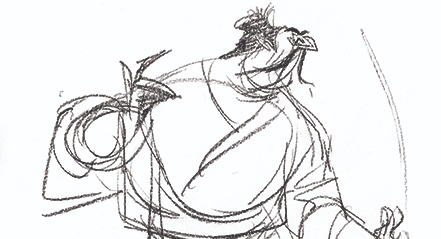
(Prototype: © Prem Sai GS)
Some of my favourite pieces have an unrestricted expression of spontaneity where the artist didn't hesitate. According to neuroanatomist Dr Jill Bolte Taylor, the average human emotion lasts 90 seconds, after which the chemicals causing the emotions are flushed out of the body. This means nosotros take well-nigh ninety seconds to put an idea downwardly in its full vitality before we're swept abroad by a unlike emotion, unless nosotros cull to stay in that emotion. This is why it's crucial to create an instant impression to capture the emotion we're later on, so aggrandize on it for the duration of the artwork.
03. Written report people in motility
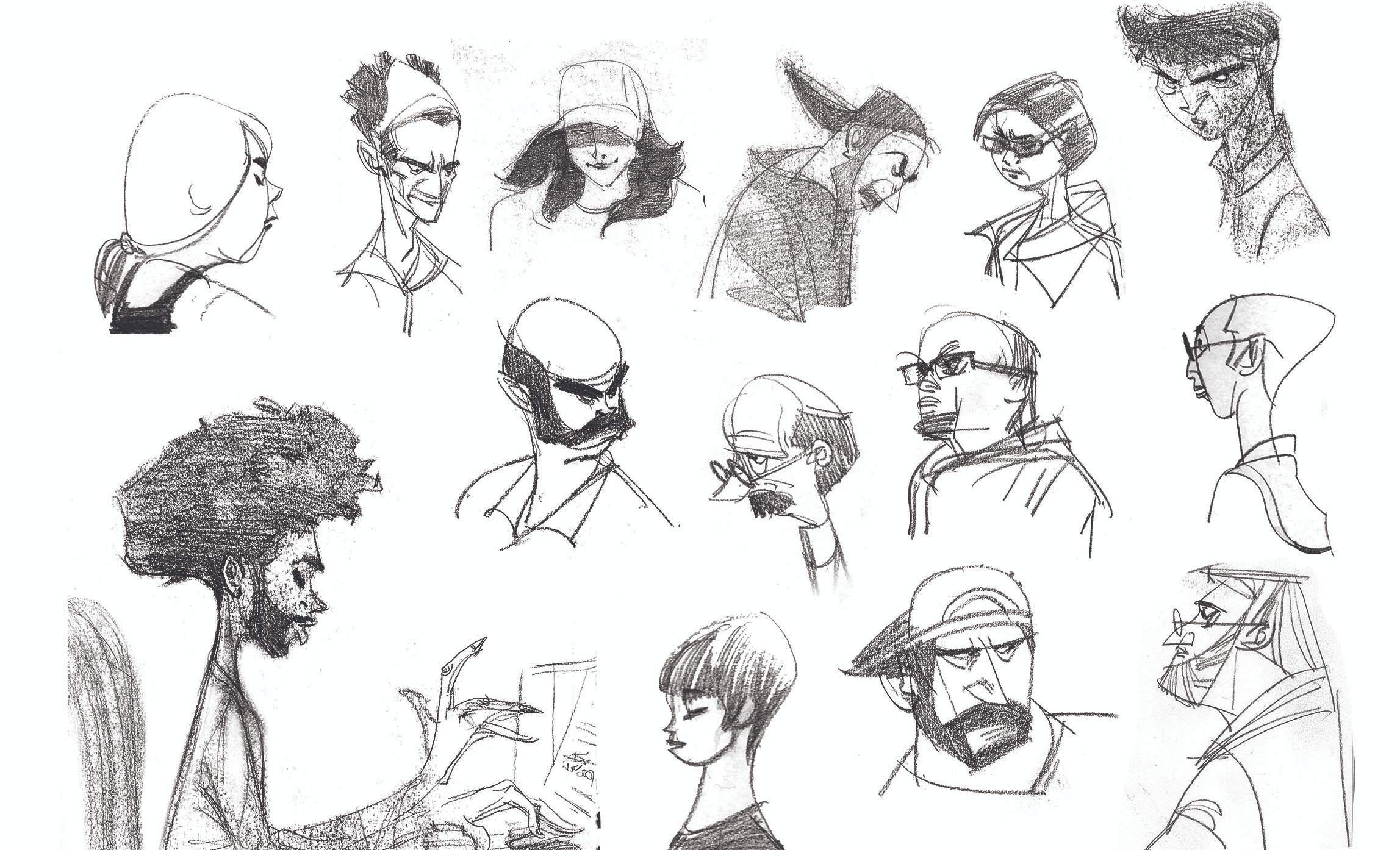
(Image: © Prem Sai GS)
If you lot wish to bring motility into your piece of work, first by studying moving subjects. Photographs on the net are fantastic references to inquiry different objects and cultures, but at the same time, most of them are meticulously posed all the same images. Along with the elements that we're looking for, quite often that rigidity likewise gets transferred into our piece of work.
Get a sketchbook, get out your night corner and become see some living, breathing, moving people in your neighbourhood. They're all around us waiting to be drawn. Stare at them, make them a little uncomfortable. And when they're shifting around uneasily, describe them. It's fun! Regularly studying people and their behaviours helps you build a library of emotions to pull from when you're back at your desk creating work.
04. Feel the rhythm and flow
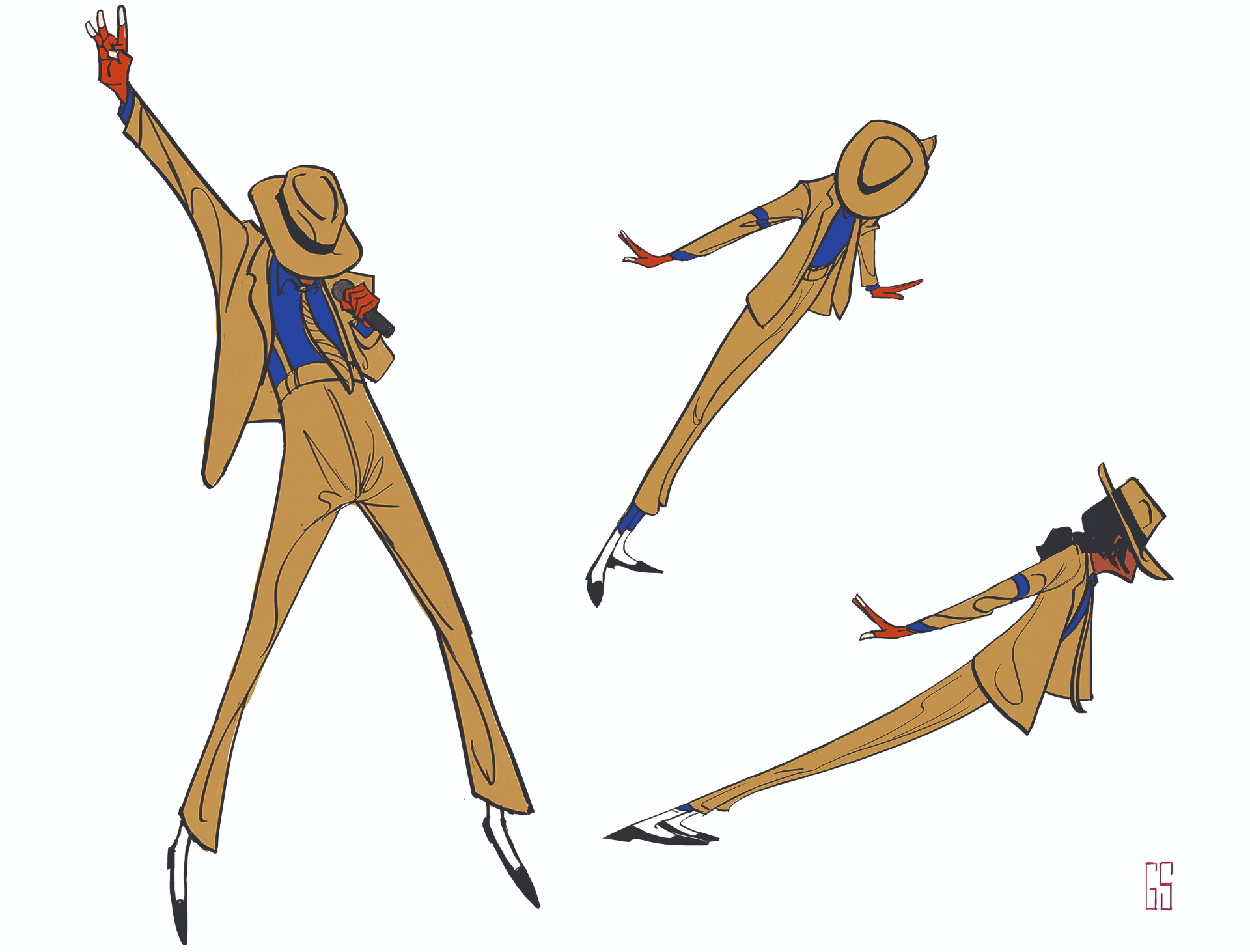
(Image: © Prem Sai GS)
Feeling out the rhythms of your bailiwick is fundamental to adding dynamism to the work. Nature is full of rhythms. Playing with fluid lines and shapes to mimic nature volition assistance bring more life and vivacity to your drawings.
05. Know your forms and beefcake
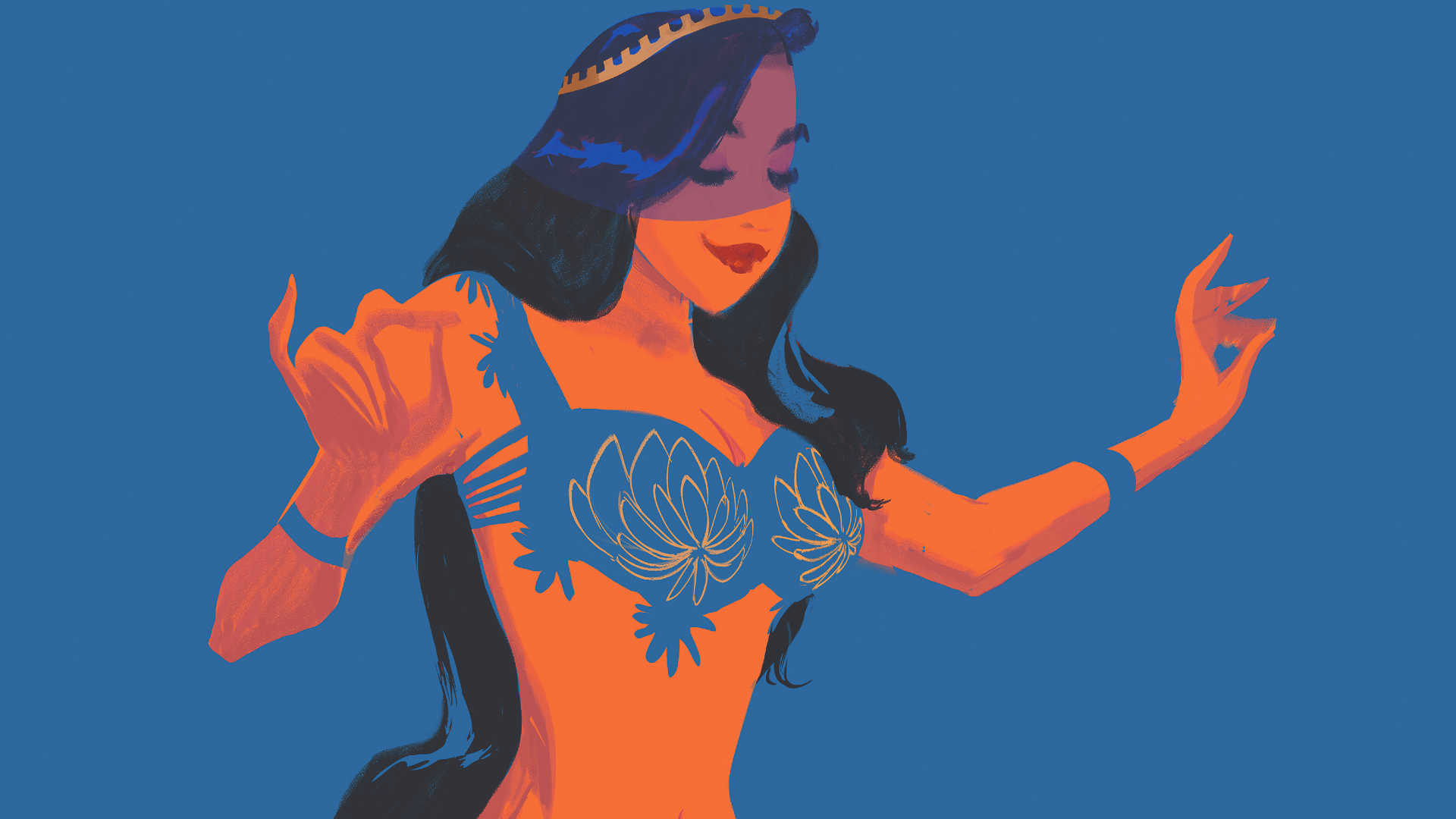
(Image: © Prem Sai GS)
Often we're so busy focusing on structural accuracy that we miss out on the expression we were trying to convey in our drawings. And then it helps if you know the subject within-out earlier yous start – whether it be a one-inch moth or a 15-pes mammoth. It's like an actor who needs to know their lines before coming to fix, so that they tin can focus on the functioning and experiment with different ways of delivering it, rather than having to look down every now and again to recollect what to say. If you lot know your anatomy lines and then the rest volition follow.
06. Don't be limited past what you've seen before

(Epitome: © Prem Sai GS)
Complimentary yourself from conventional wisdom. It's limiting. Often our desire to bring an prototype into a finished, desirable house-style significantly affects the heart of the image. Experiment and find things that oasis't been washed before in your own unique way that's both true to the story and your personal experiences. Extravaganza and exaggeration aid immensely in this area, as nosotros all accept a unlike style of seeing things. We wouldn't have such a variety of stories and styles if artists hadn't taken that left turn. Explore and strive to anoint the earth with something fresh!
07. Instil your life experiences into your work
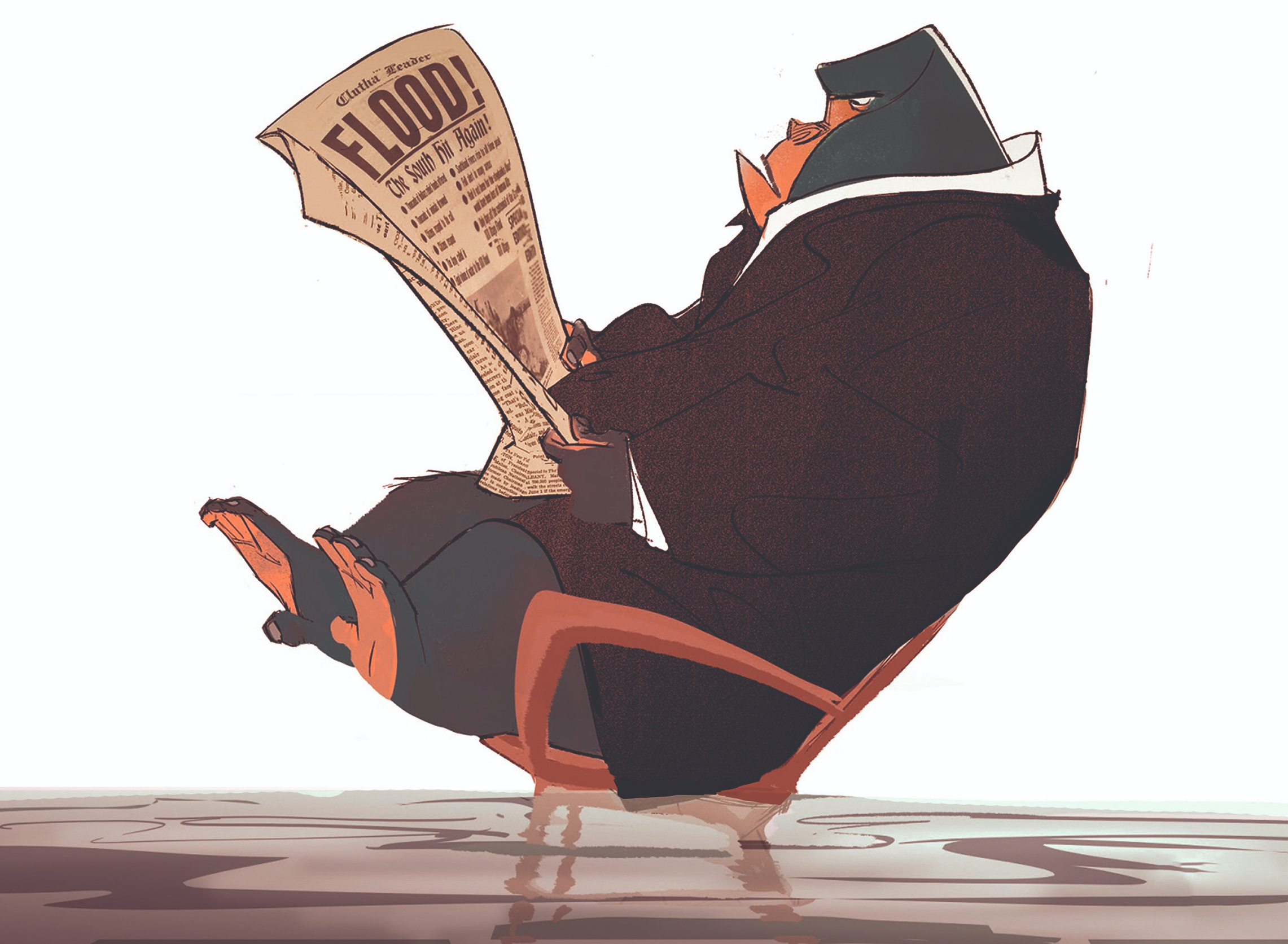
(Image: © Prem Sai GS)
Remember those times when we were frustrated, depressed and disappointed with how things were going in our lives? Or the times we were happy and exuberant? Let it all out on the monkey you're going to draw the adjacent day! In this example, I wanted to convey how unaware nosotros are to the overflowing we create in our ain lives while beingness aggravated at the unfairness around us. Our medium gives us a perfect outlet to allow our emotions out, and sometimes in the near entertaining way. Let your life experiences come through and then betrayal yourself to a few more!
08. Permit your hand do the designing
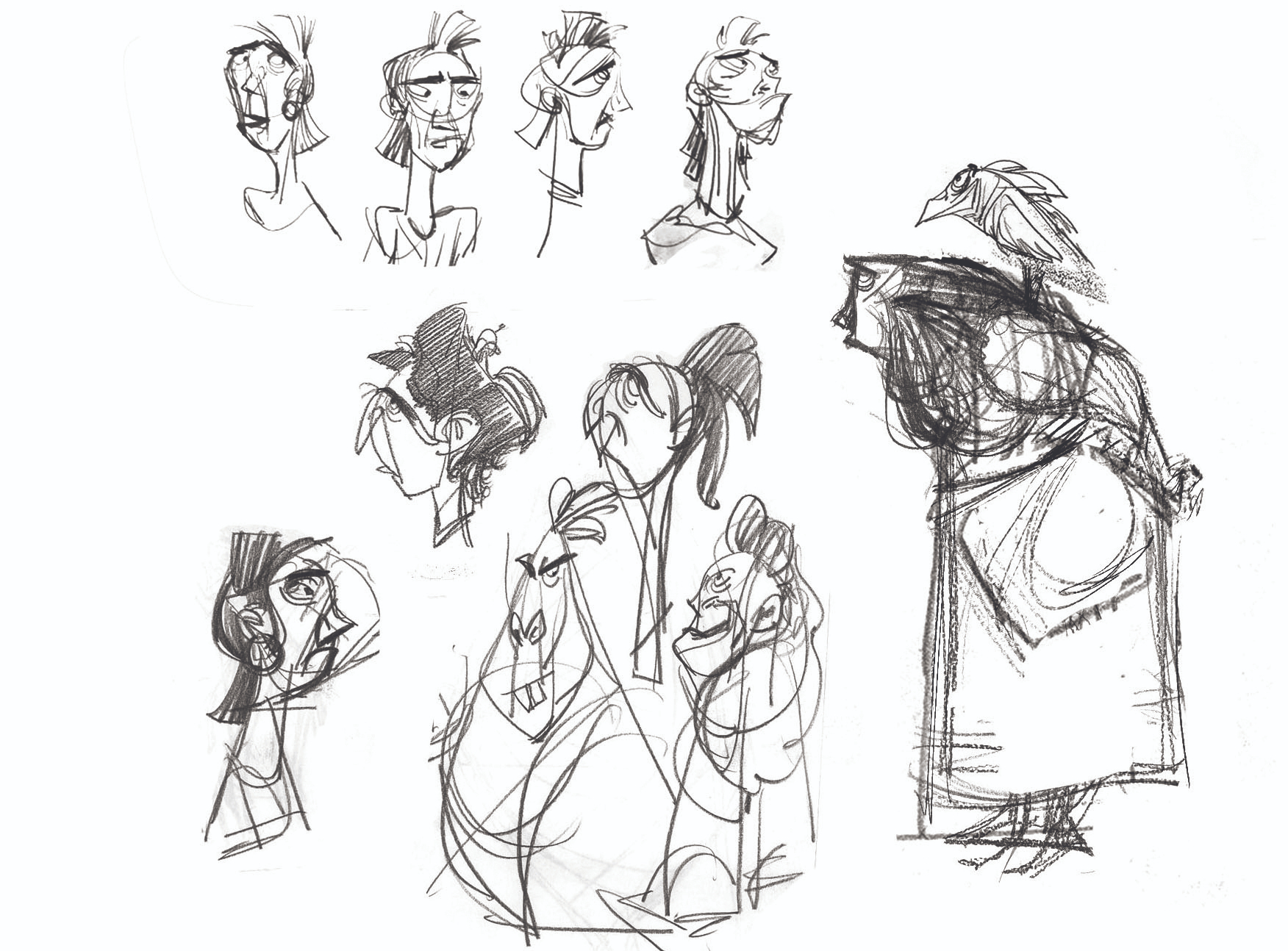
(Image: © Prem Sai GS)
Don't overthink the initial blueprint procedure. Permit the manus practice the designing based on the knowledge y'all've already accumulated about the subject. In this stage, I endeavor to forget all rules and remember only about the personality of the characters based on the story. This helps me come up up with a few original thoughts that aren't influenced by artworks I've seen before.
In the adjacent stage, I can take my initial thought and make it more than developed based on references I take gathered. Here, I have the luxury to go slower and utilise structure and form to bring the pattern to a more finished wait. Once I'm content with how the design turned out, I might play with some poses to run into if the design works in different views. Oft I might find some poses that might not work for a specific pattern, as they interruption character. Always stay aware of the limits of each blueprint.
This commodity was originally published in ImagineFX , the earth's all-time-selling digital art mag. Subscribe to ImagineFX (opens in new tab) .
Related manufactures:
- How to hold a pencil correctly
- The best sketchbooks to make you a improve creative person
- How to use colour to make your illustrations popular

Thank you for reading five articles this month* Join now for unlimited access
Enjoy your first month for just £1 / $i / €1
*Read 5 gratuitous articles per calendar month without a subscription

Join now for unlimited access
Try beginning month for just £1 / $1 / €1
Related articles
Source: https://www.creativebloq.com/advice/animation-sketches
Posted by: browncritheing.blogspot.com

0 Response to "How To Draw Animate In Anime Studio"
Post a Comment